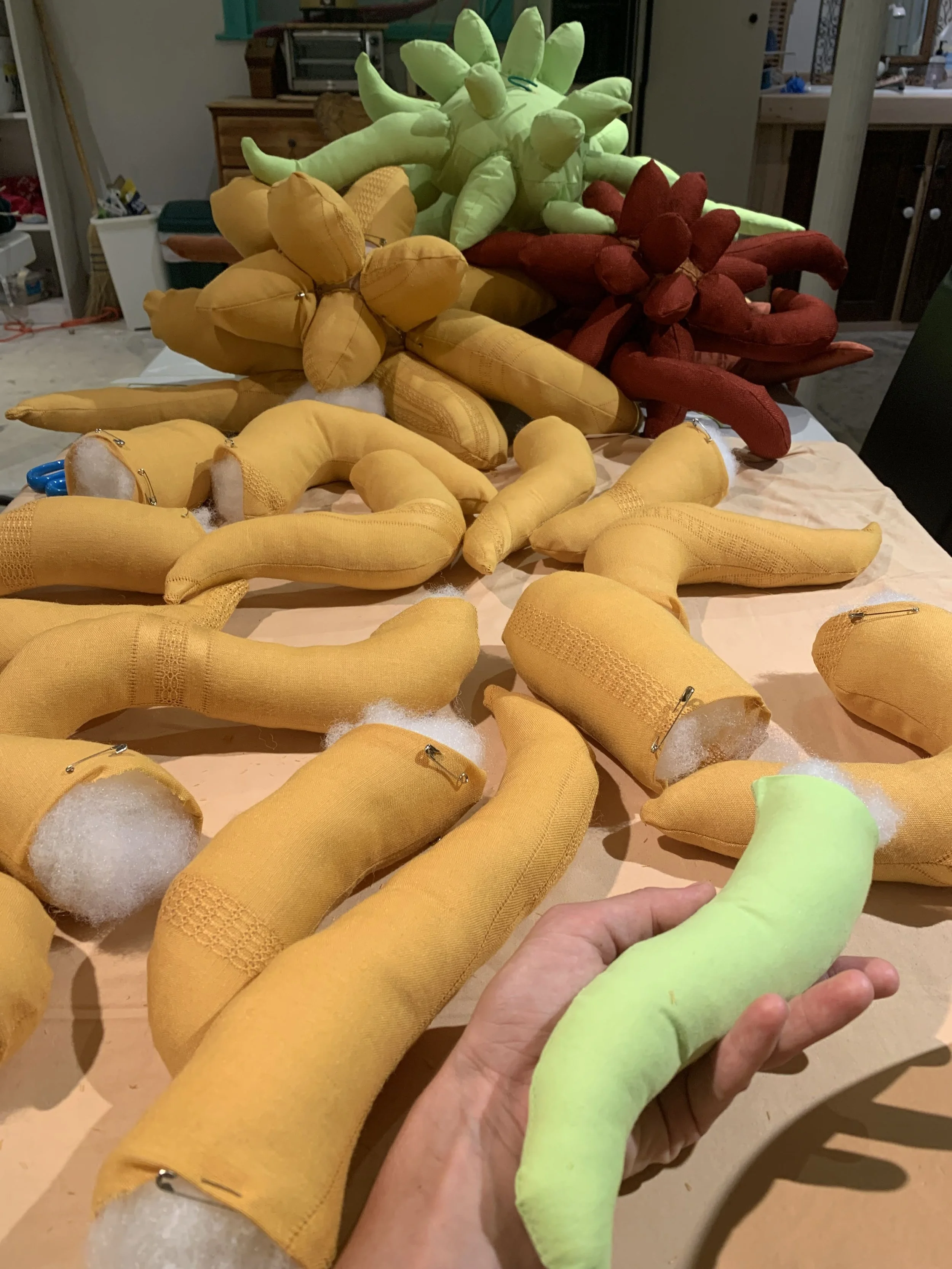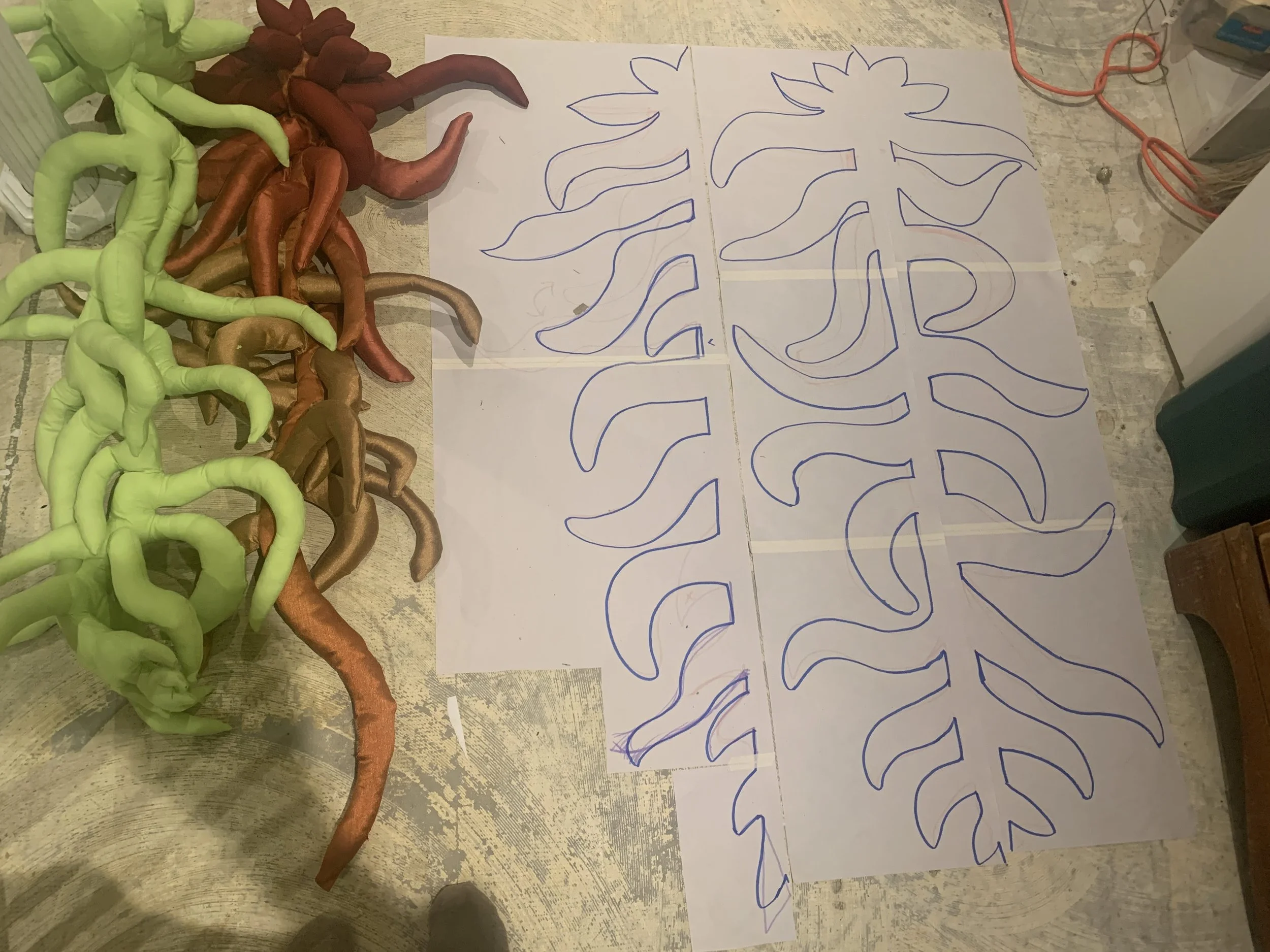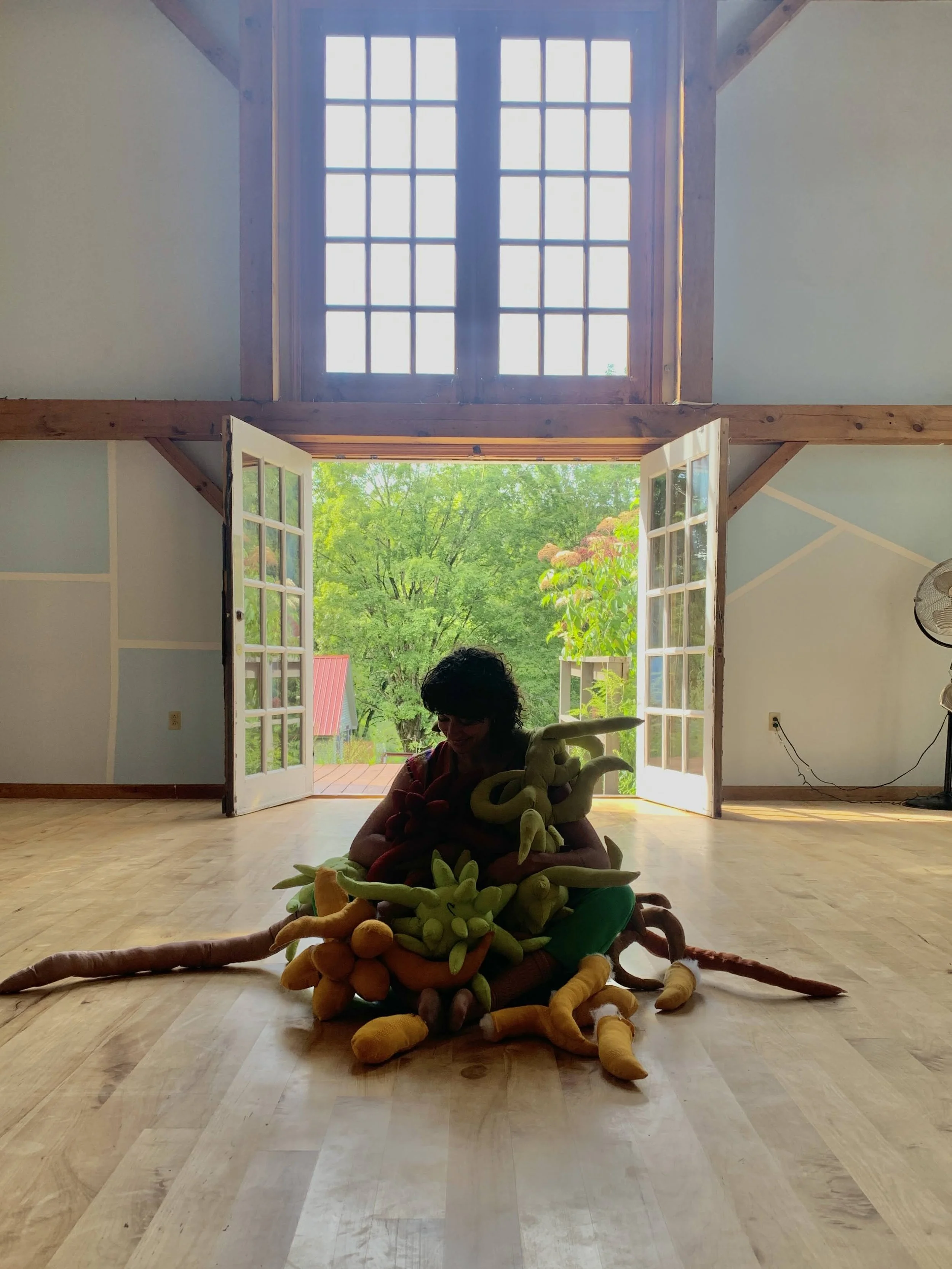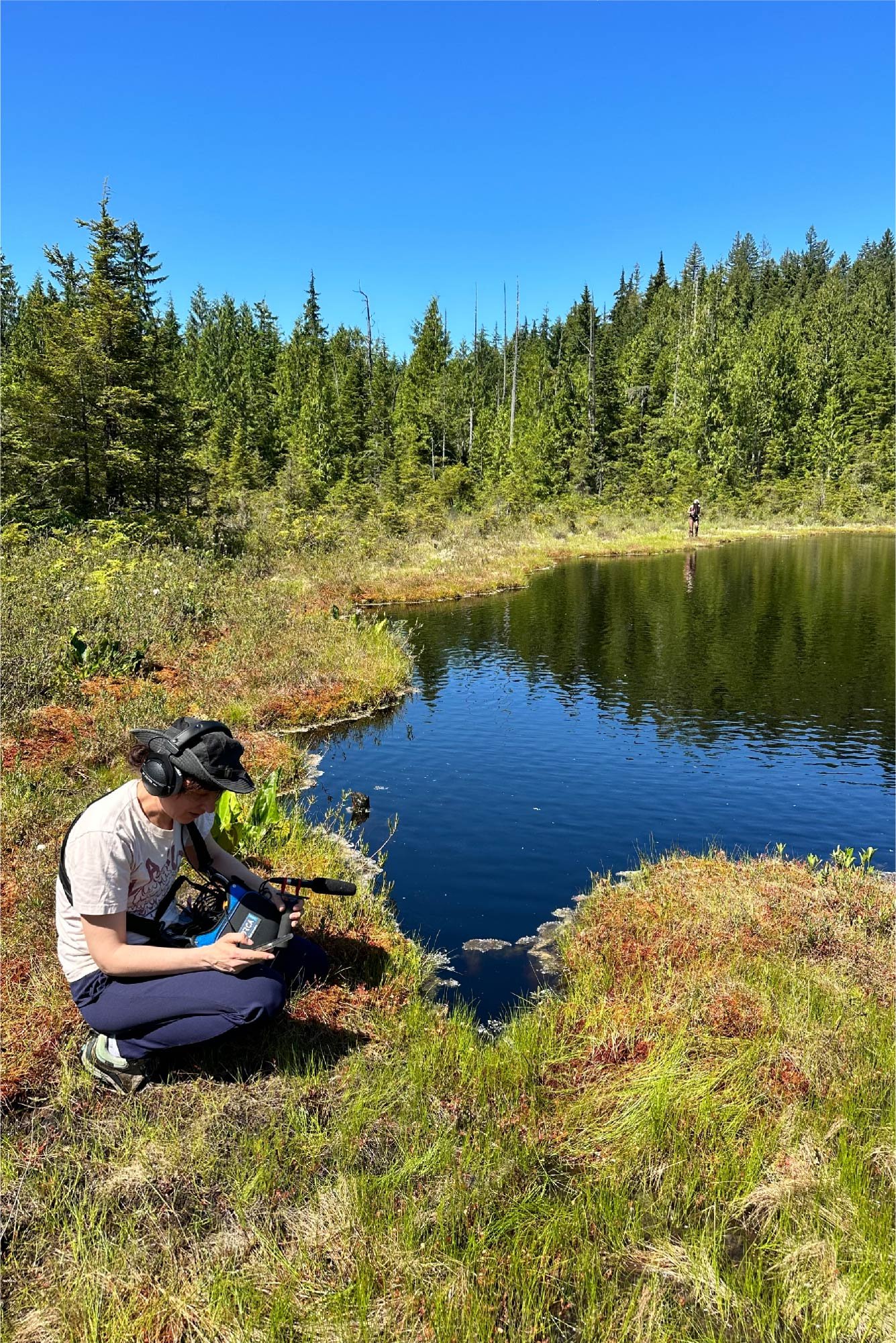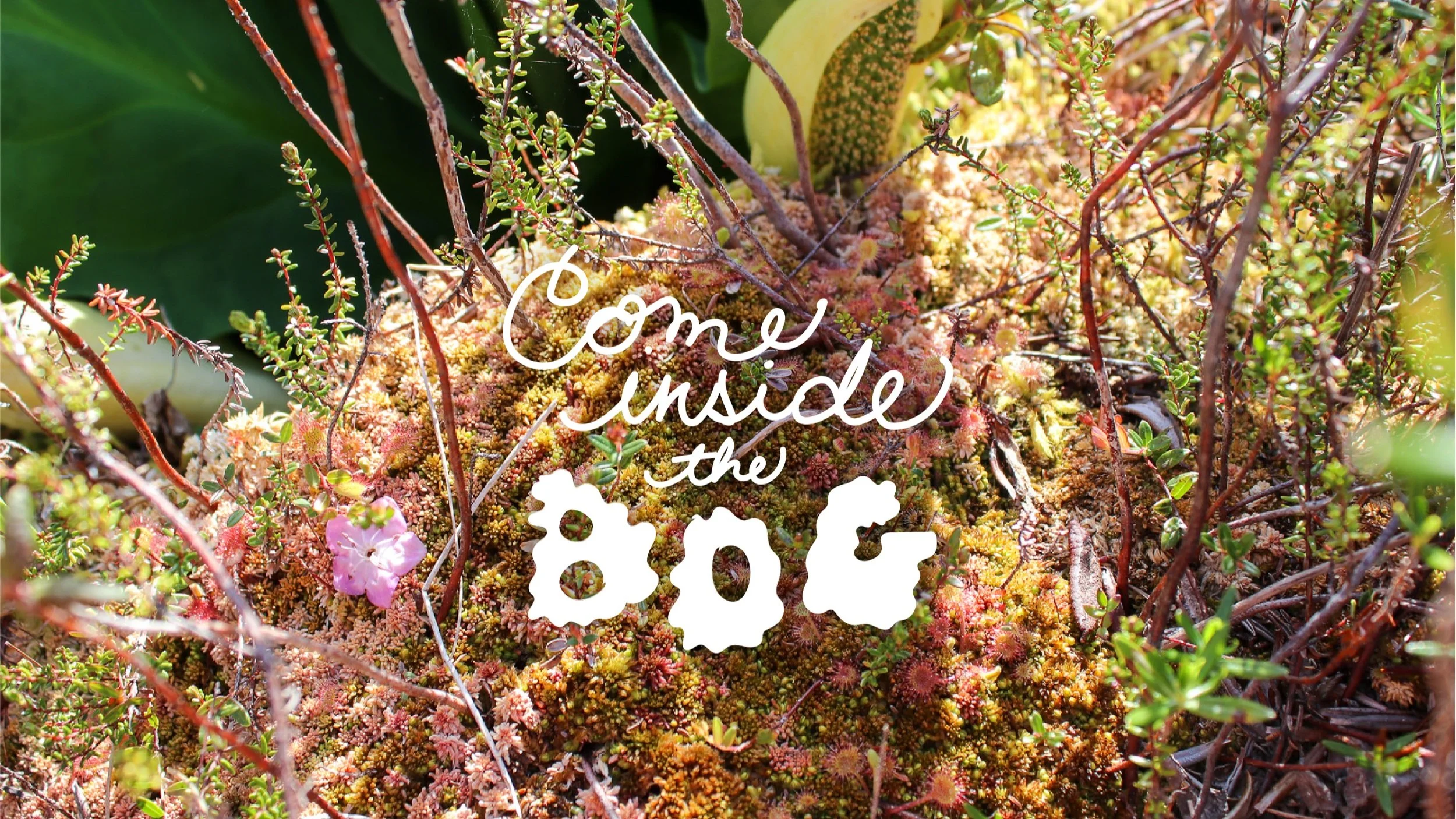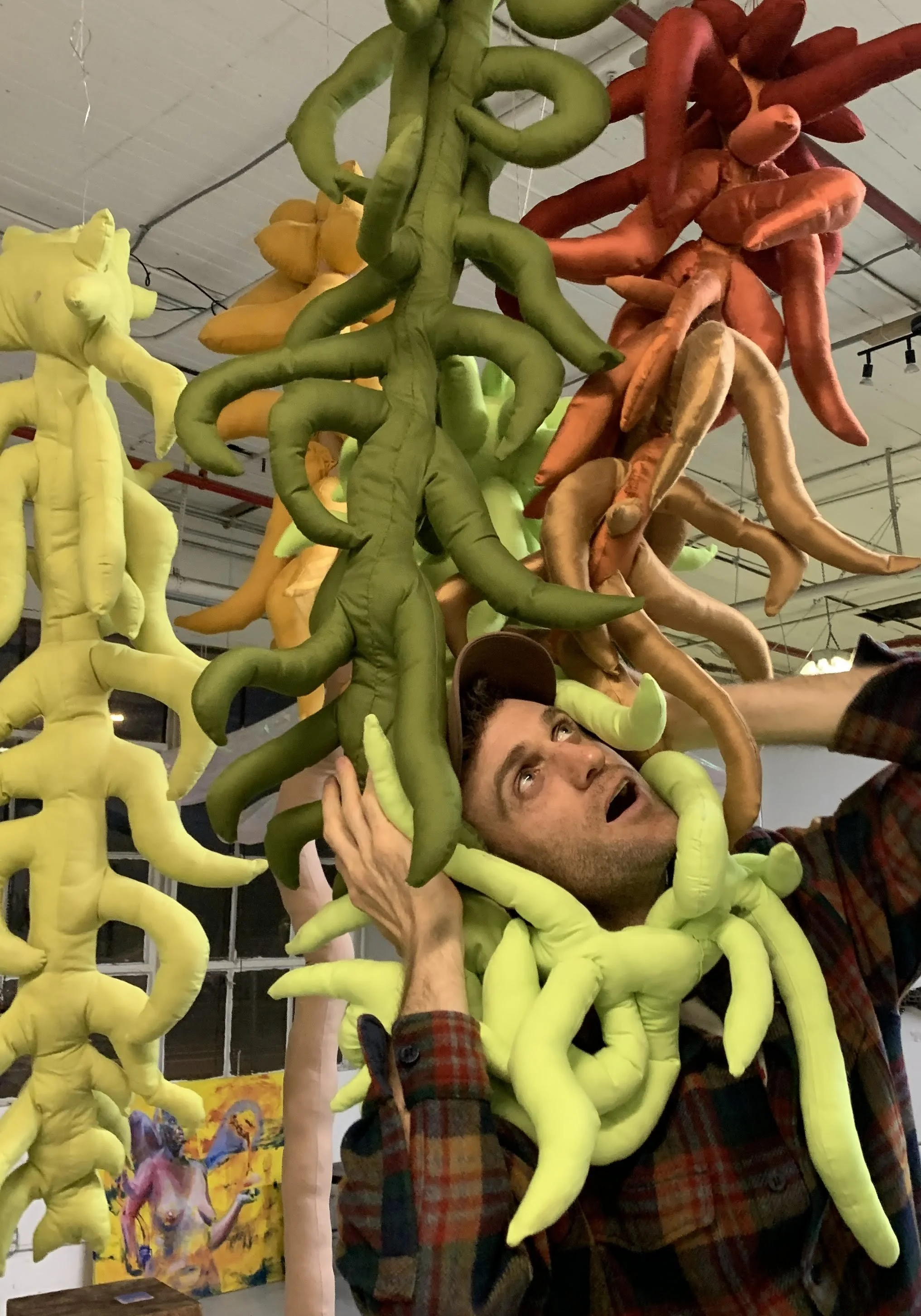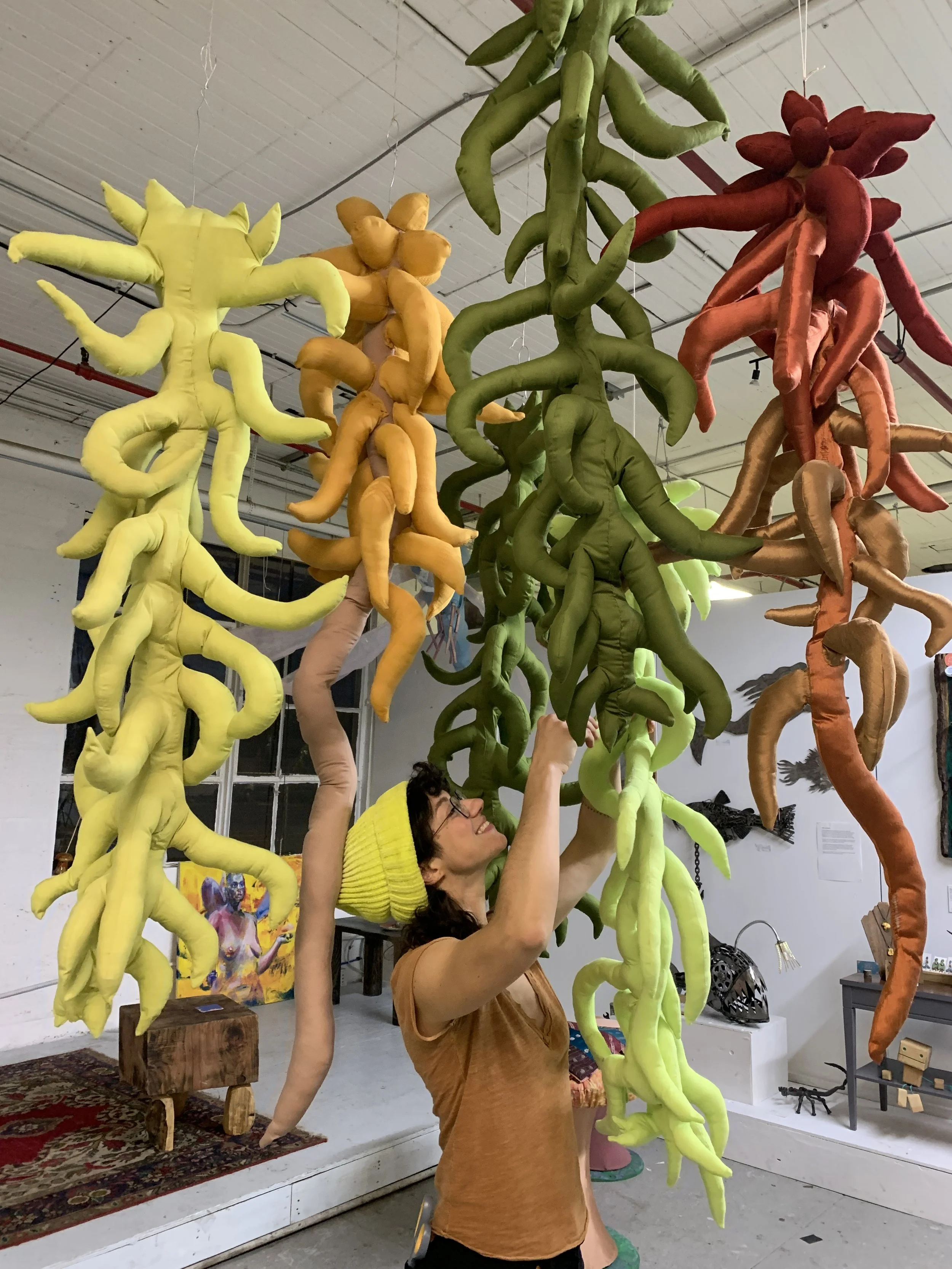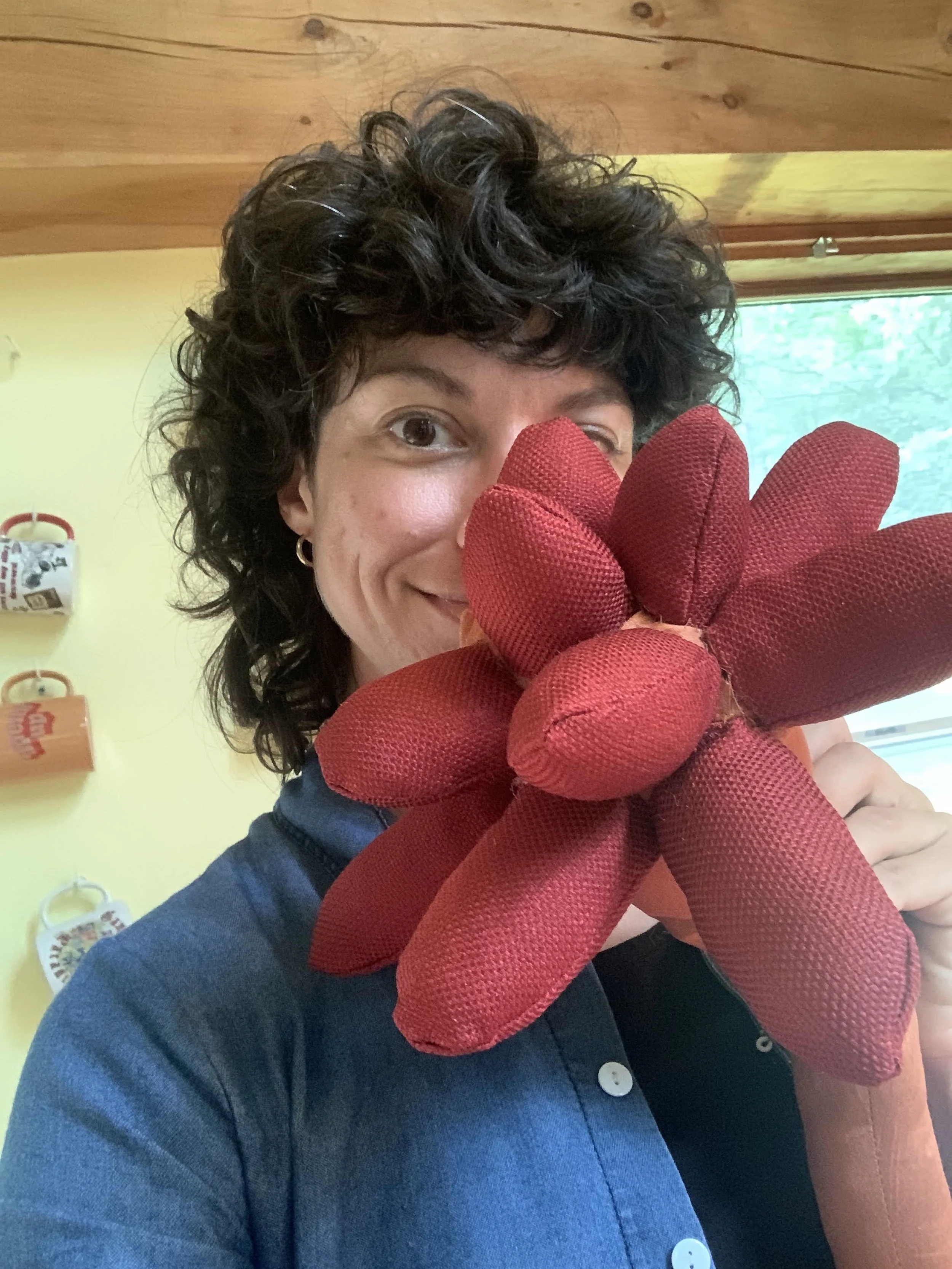Come visit the bog at Past Lives Gallery in February!
Our big opening-night event is Friday, Feb 7, 6-10pm
2808 SE 9th Ave, Portland, OR 97202
I’m currently showing an installation piece inviting people inside an immersive, soft, tactile “bog.”
Photography, Animation, Sound Design, Soft sculpture, Storytelling & Games
I had the privelege of visiting several of Washington’s remaining protected bogs, and will use the images I captured as well as soft sculpture, storytelling, sound, and movement.
Bogs have long been considered wasted land—dangerous and disease-ridden, waiting to be drained, harvested for fuel, and planted with crops.
In the anglo imaginary, they’re sites of myth, with their corpse flowers, bog bodies, and foul “malarial” airs. They’re now being valued as powerful carbon sinks in the speculative carbon market.
I want to share them as the ancient, gorgeous, & teeming communities that they are.
What does it mean to know a place?
What happens if we embody the beings that live there?
You take off your shoes and step through a portal onto soft, tactile, squishy hummocks of moss (fabric, felt, foam, and trampoline mesh on a low wood frame).
On the walls on your left and right are looped, projected images with animation introducing you to some of the plants and animals that live in the bog: the sphagnum (peat) mosses, the adorable carnivorous sundews, the swamp lanterns, medicinal plants, and more. I lace information, context, and myth through the projections.
Hanging above the center of the “mossy” floor are soft sculptures of sphagnum mosses made with reclaimed fabric. Known as the bog builder, peat mosses are the dominant plant in temperate bogs like ours here in the PNW. There are twenty species of sphagnum in Washington State and I have recreated several at an englarged scale, each the size of a petite human. In the bog, our bodies navigate moss bodies.
I lived for several years in boggy Scotland where I first developed a relationship with these places, and learned that they share many similarities with Pacific Northwest bogs. I’m deeply interested in the science, history, and fate of these ecosystems, and use multiple mediums to share what I’ve learned with love.
Sit on the mossy floor or a bench and take in the sights and sounds of the bog. You’ll hear the water flow and squelch and the insects buzz. In the corner, you’ll find headphones where you can hear more: a bog tale from Scotland, or a walking song for crossing a bog safely. You might even hear Gaelic peat harvesters cutting peat for fuel.
On the far wall, there are soft sundew ready to catch a fly as well as masks and parts of costumes hanging from hooks.
The key theme of this piece for me is developing a relationship with this ecosystem, through art-making as well as research, attention, and embodied presence. As part of my invitation to visitors to relate with these ecosystems, I plan to activate the space at set dates and times with imaginative physical play and storytelling.
I invite people to engage with a tall old bog-being who visits us to share a story. I invite kids and grown-ups to put on the costumes and I facilitate collaborative story-making using theatre games and exercises. I’d like to invite movers and dancers to move with the moss or become a moss, and film the dances. Maybe we even learn to sing a song together—a bog wants a choir.
In order to stage the installation I am seeking a space about 15 feet x 15 feet, with walls or without. I can use screens for my imagery rather than projection if needed, and the bog can be incarnated in smaller spaces as well, but probably not under 10 feet x 10 feet.
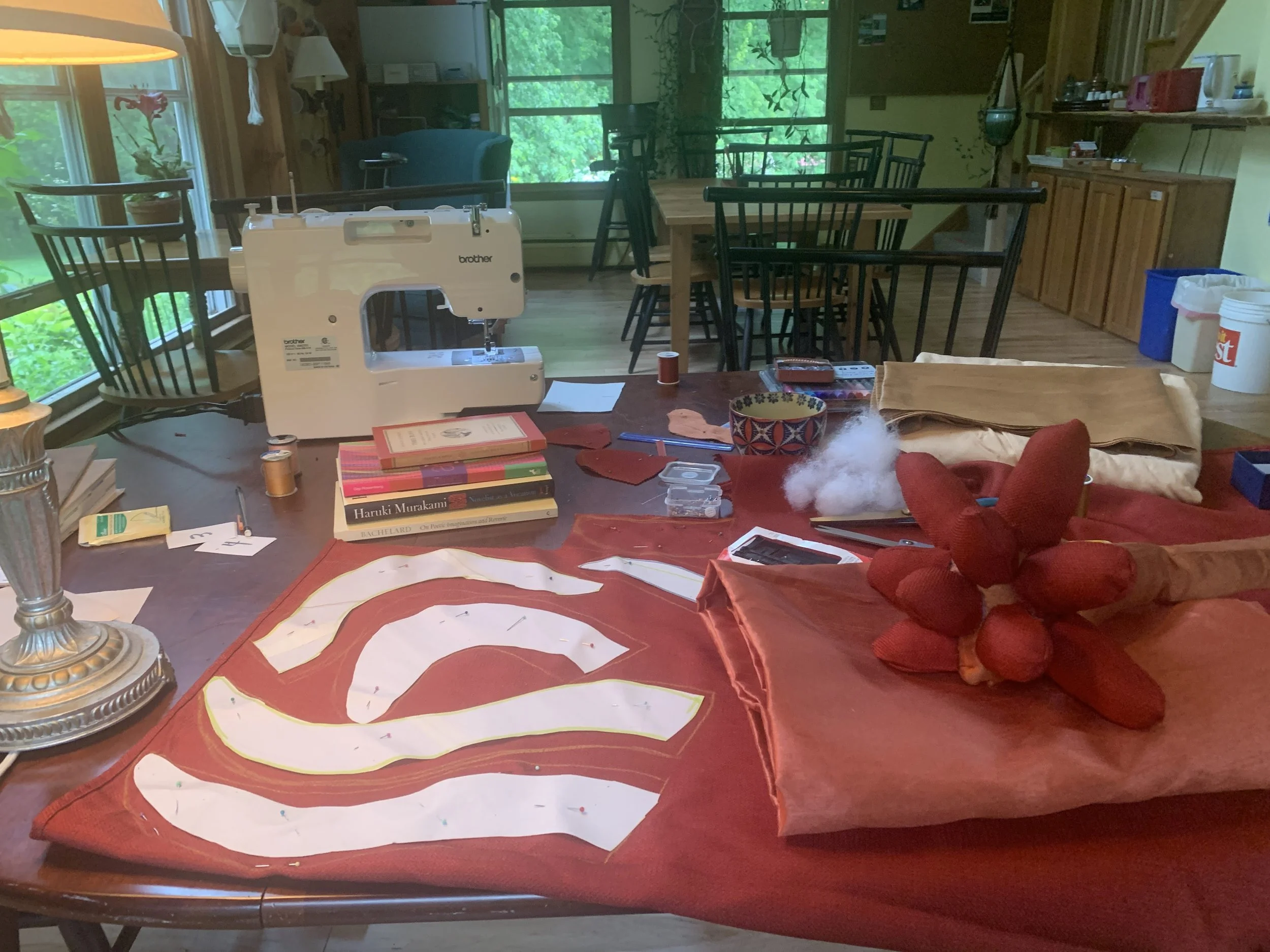
Progress photos

